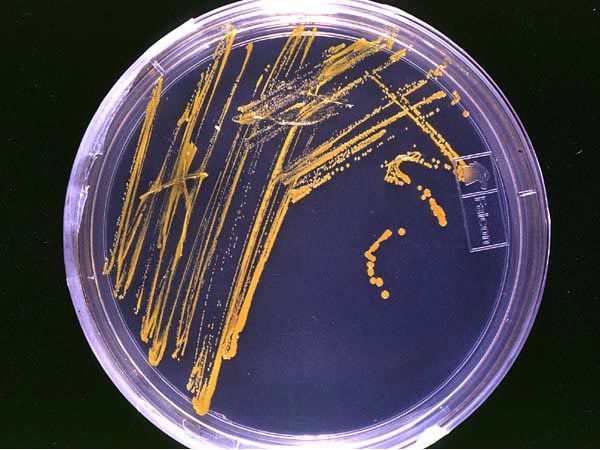Sometimes spelled Petrie Dish, this Petri plate is named after a German bacteriologist namely Julius Richard Petri. It is a shallow cylindrical glass or plastic lidded dish, which the biologists use for culturing cells like bacteria or even small mosses. Some of the modernized Petri dishes will feature rings or slots on lids and bases. So when you are going to stack it, they are less prone to just sliding off one another.
You can even add multiple dishes into one plastic container for creating that multi-well plate effect to it. You can easily reuse the glass version of these dishes after going through thorough sterilization. But, you have plastic dishes as well, which are mostly disposed of after running the experiments successfully. Here, in terms of plastic body, the cultures might easily contaminate one another. So, it is better to give away this plastic dish immediately once the experiments are covered. You can’t sterilize those plates for future use.
Used in microbiology studies:
Sometimes, the petri dish is used for making some agar plates for some microbiology based studies. This dish is partially filled up with warm liquid, which comprises of agar and mixture of special ingredients.
- Those ingredients might include blood, nutrients, salts, dyes, carbohydrates, indicators, antibiotics or amino acids.
- Once the agar in this stage cools down and solidifies, the dish is all set to be plated or inoculated with a microbe-based sample.
- The phage or virus cultures will require about two-stage inoculation. After you are through with the agar preparation, bacteria will be grown in a dish for providing hosts for viral inoculum.
The incubation process and more:
These petri dishes are primarily incubated in an upside down manner. It helps in lowering the risk of contamination from some of the airborne particles as settling on their bodies. It can further prevent any form of accumulation of water condensation, which can somewhat disturb or even compromise culture.
- Even though these dishes are somewhat widespread in nature in terms of microbiological research, there are some smaller dishes used for large scale studies. Here, the growing cells in these dishes can be quite expensive and also a bit labor intensive in nature.
- A special form of the petri dish is known as Replicated organism Detection and Counting. It is often known as a contactor rod plates.
- These dishes are used for the medium, which is raised agar level, to protrude edges of dish for making it a lot easier for taking samples on some of the hard objects. These plates are further divided into squares for making counts of CFUs easier. The services are mainly used for monitoring ways to clean some areas.
Head towards other uses:
These petri dishes can be used for eukaryotic cell culture as well, if presented in a liquid medium or on solid agar. Some people often use these dishes in immune-diffusion studies as well where the plate is filled up with agarose gel or agar partially. Once you start using the item, you will understand its value too.








